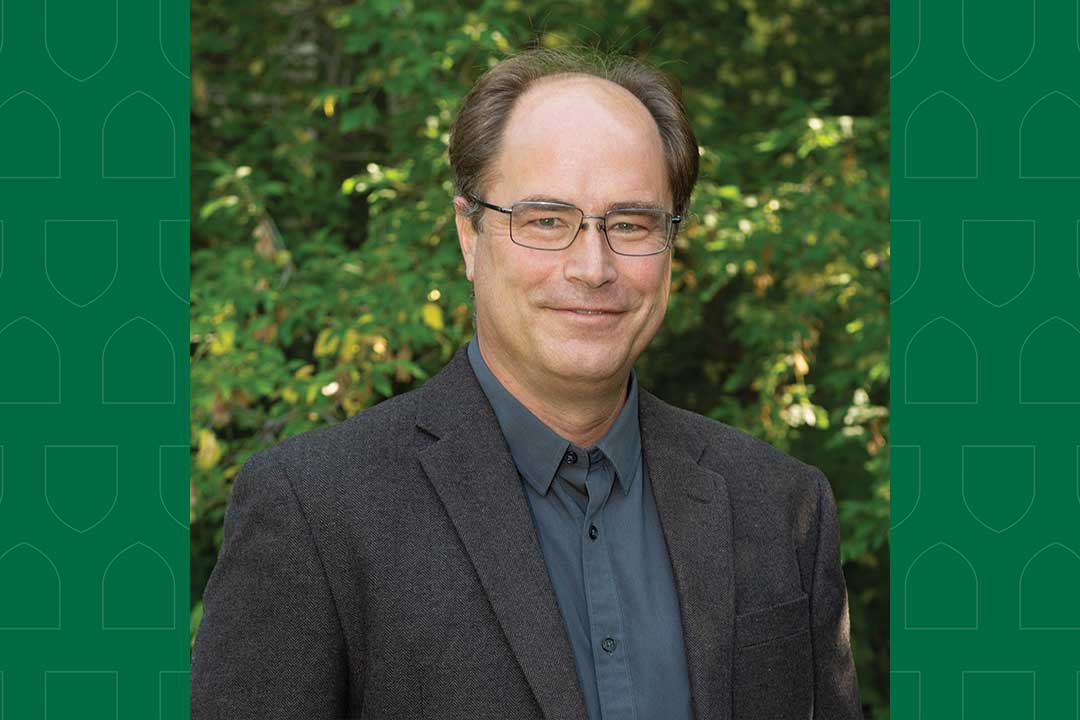
Getting to Know: Dr. Niels Koehncke
A Q-and-A with Dr. Niels Koehncke (MD), a Professor in the Division of Occupational Medicine and the Canadian Centre for Rural and Agricultural Health.
Could you provide a short description of your background?
I graduated from medical school in 1995 and completed my residency training in occupational medicine in 2000 (both at the University of Alberta). My interest in occupational medicine started in medical school thanks to a seven-hour class on the subject. I expressed my interest, was sent on a few site visits as part of electives, and I was hooked. I have been a faculty member in the Department and at the Canadian Centre for Rural and Agricultural Health (CCRAH) since August 2000. I was Director of CCRAH from 2012-2022 and the Chief Occupational Medical Officer for the Saskatchewan Ministry of Labour Relations and Workplace Safety from 2000-2019. I have an outpatient referral clinic covering occupational medical exposures and related issues and teach occupational and environmental medicine to undergraduate and graduate students and residents, as well as students in public health and toxicology.
What is your area of research?
I’m interested in workplace exposures to a variety of hazards and investigating those exposures in the workplace using various tools (surveys, occupational hygiene sampling strategies). My current research areas are in veterinary occupational exposures, agricultural fatality surveillance, and engineering safety interventions in agriculture. The latter is being led by our engineering colleague and CCRAH associate, Jim Wasserman.
Could you tell us about your ‘big moments of research’?
One moment that has stuck with me was the recognition that leaded shielding, worn to protect workers from ionizing radiation exposure (usually x-rays), is also a source of lead particulate in the workplace. Although it seems obvious in retrospect, this wasn’t something we had considered before. So far, it doesn’t seem to be a significant risk for toxicity per se, though the dust is present in the work environment. We are continuing to investigate this issue in different veterinary settings. Separately, my involvement leading our agricultural fatality surveillance in Saskatchewan has made it clear how important this data is when it comes to informing risk reduction strategies and targets. Without the data, we would not know where the problem areas are.
Do you have any advice or messages for early-career researchers?
Find your area of interest, and ideally a few colleagues that overlap with it, and work together. Be careful not to spread yourself too thin – chose your collaborations carefully and deliberately.
What are your future aspirations for research?
My interests are broad. I would like to eventually expand our work in veterinary hazards to other areas including ergonomics and psychological risks, and even expand to other industries outside veterinary medicine and agriculture, such as mining.
